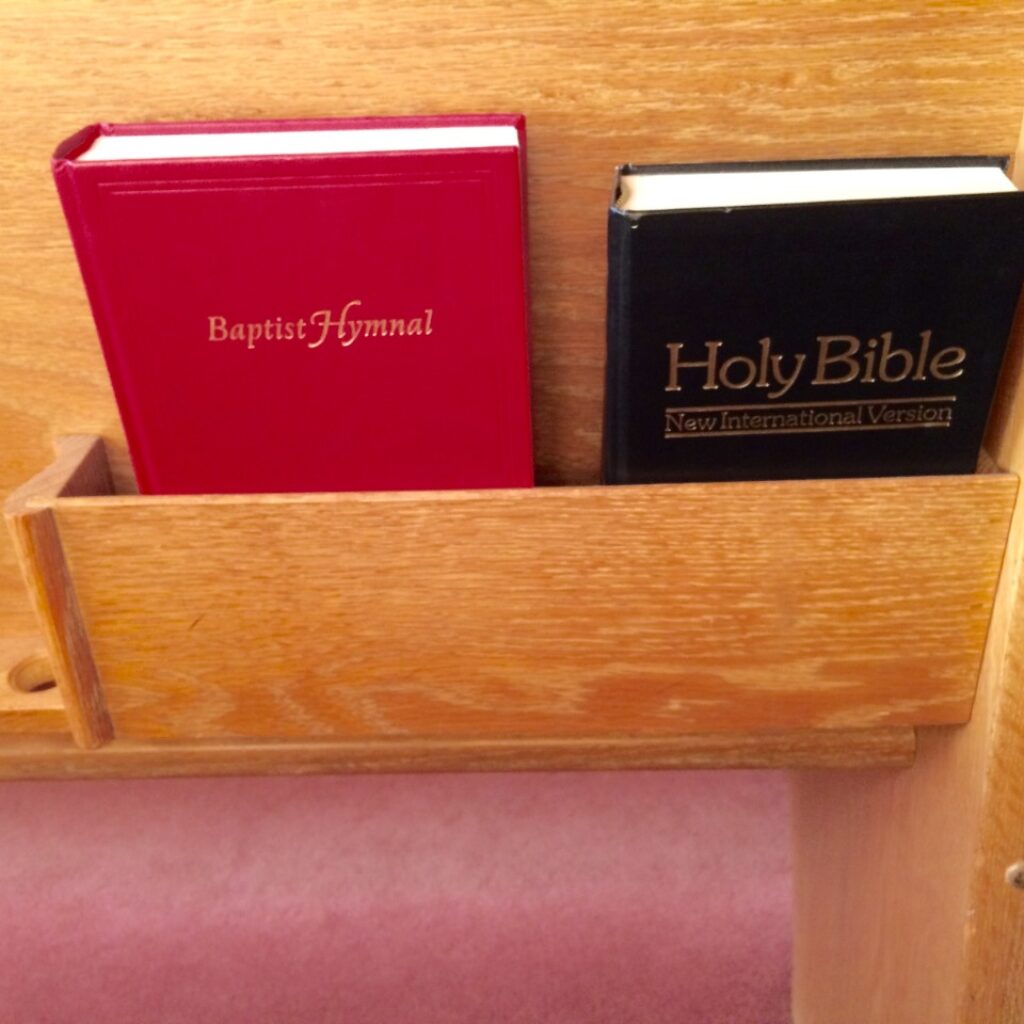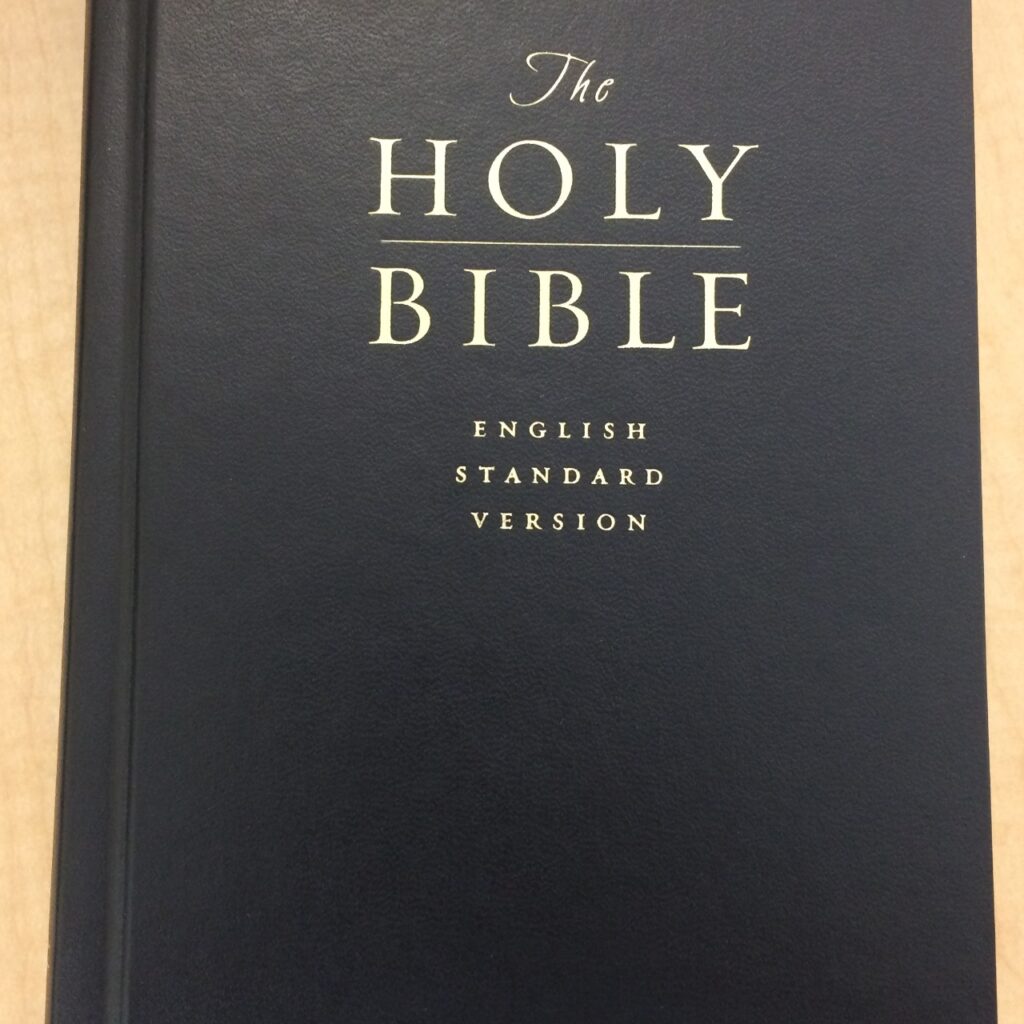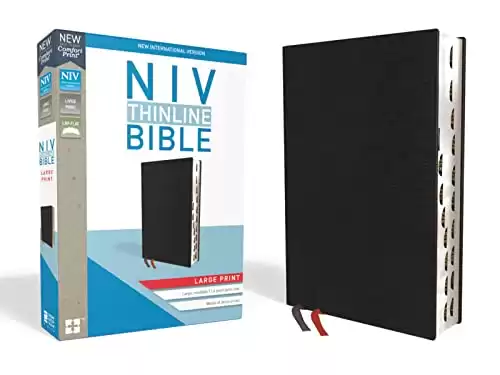The word of God or the Bible as we know it today has come in different translations.
These translations were brought about by the condition, firstly, that the original texts were in Hebrew (Old Testament) and Greek (New Testament).
Secondly, while they were being translated into English, for example, there were many opinions on how certain texts and statements should be interpreted, hence, the various translations.

These translations all try to speak and interpret the original texts as best as possible, and truly, most of them have done amazing jobs on this task.
Translating from one language to another is not an easy task, especially when you have some gaps in-between, like changes in the ancient and the modern forms of the same language, seeing how difficult it could be retrieving ancient knowledge.
In light of this, no translation can be a hundred percent as the original speaker intended it to be, so the various translations kind of complement each other.
There are many translations, and some are closer to the original than others.
We will look at two of these many translations and see where they speak as one or where they differ.
We will examine some details between the two.
Let us compare the New International Version (NIV) and the English Standard Version (ESV).
These are two of some of the most popular translations on the planet. Do they speak alike? We’ll get to find out in this short article.
Brief History of NIV Bible
The NIV was first published in 1978. It is based on the Biblia Hebraica Stuttgartensia, other sources (for the Old Testament), Novum Testamentum Graece, and additional sources (for the New Testament).
Fifteen scholars from various evangelical denominations worked on the translation, so there would be no interpretation bias.

The NIV is based on a dynamic equivalence translation form, meaning it is translated with a bias for readability in mind.
It is a sense-for-sense or thought-for-thought type of translation, which tries to focus more on ease of reading and understanding by the reader.
It is not focused on the literal meaning of the texts but rather on what it is perceived to mean or say.
The NIV was revised in 1984 and also in 2011.
Acceptance of NIV Bible
The 1984 edition of the NIV has by far been one of the most accepted translations in the world.
Not just for the NIV translation edition, but as a Bible translation at large.
When the NIV Bible was revised in 2011, it did not meet the acceptance of many who had loved the 1984 version.
There was a major issue of the now added gender-neutrality into the scene.
The Southern Baptist Convention rejected the 2011 edition for this reason.
The Lutheran Church – Missouri Synod also rejected it, but some of the Wisconsin Evangelical Lutheran Synod (WELS) believe that many of the translation’s changes are right and defensible.
Many individuals also prefer to stay away from the 2011 revision of the NIV but have shown great approval for the 1984 revision.
Brief History of ESV
The ESV was first published in 2001, and since then, has gained wide acceptance.
It was translated by a team of over 100 evangelical scholars and pastors.

It uses a translation form that is based on a word-for-word or literal style.
It is translated with accuracy, literary excellence, and depth of meaning in mind.
It is more focused on getting as nearest as possible to the original grammatical structures and a literal translation of them into the English language.
Acceptance of ESV Bible
Since its first publication in 2001, the ESV has been widely accepted by many as a very close translation to the original texts.
It is used by many for personal reading, public worship, in-depth study, and scripture memorization.
There are many testimonies and preferences of the ESV over other translations for certain elements that it brings.
It is a very loved version among both the young and the old.
Similarities Between ESV and NIV
1. They both are translated from the same original texts and read a lot alike mostly, but may see slight differences in cases where the interpreters had a challenge deciphering the meanings.
2. They are both translated by large bodies of differing denominations, which helps eliminate any form of bias in interpretations.
3. They both have a wide reader-bases because both translations are fantastic and easy to read regardless of their forms of translation.
Differences Between ESV and NIV
1. The ESV is based on the word-for-word translation, which tries to make it as literal as possible in translating from the original texts. While, the NIV is a more thought-for-thought form, which focuses on conveying thoughts as to what they think texts should be or mean. This style is more focused on how the reader finds it easy to use and understand.
2. The NIV had more acceptance with its 1984 revision, but the newer 2011 revision was not so welcomed because of changes that the majority of the readers felt went overboard. The ESV, however, sticks to its form of literal translation, which continues to be accepted, coupled with the fact that they make it also easy to read at the same time.
ESV vs NIV: Which is Better For Beginners?
As a beginner, the NIV would be easier to understand than the ESV, so in my opinion, I think that the NIV is the better Bible for beginners.
The ESV (English Standard Version) is a literal translation, faithfully representing the original meaning of each passage. The goal of the ESV is to render a precise and accurate translation from the original language into English. This makes it great for detailed Bible study but can lead to more challenging reading for beginners.
The NIV (New International Version) was created with the goal of providing an accessible, understandable translation for everyday use. The NIV is a dynamic translation, which means it communicates the same message as the original language in a modern, reader-friendly way. This makes the NIV a great option for beginners, as it is easier to read and comprehend.
Where To Get The ESV and NIV Bibles?
These Bibles are available in different versions for kids, women, or men, and the fact that you can listen to the Bible as well, I think this is very nice for someone who has trouble getting the time to read. Check them out and see if you like any of them.
ESV VS NIV Bible Summary
Both versions have their place on our shelves.
The NIV tries to give us the translated texts in the most readable English we understand today.
While in a bid to do this, it may lose some vital meaning which is a cause for concern.
However, if you find fault with the 2011 revision, you can always switch back to the 1984 revision and enjoy it.
The ESV, on the other side, is also a powerful Bible translation that seeks to give the reader a feel of the closest meaning that the original texts may translate to in the English language.
The words used are adapted to the everyday English that we use as much as possible.
It is suitable for readers but may mostly look a bit sophisticated for younger readers.
Both translations have a good way of communicating the message to readers. It could be a good idea to keep both for referencing and comparisons.
We can use various translations as a complementary system because no one translation is perfect in conveying meaning as the original text intends.
If you like Bible comparisons then you may also like KJV vs NKJV and KJV vs ESV.
Ultimately the Bible that you choose to read is not as important as your focus on God.
God wants you to build a relationship with Him. This includes reading the Bible, praying, and serving others.


